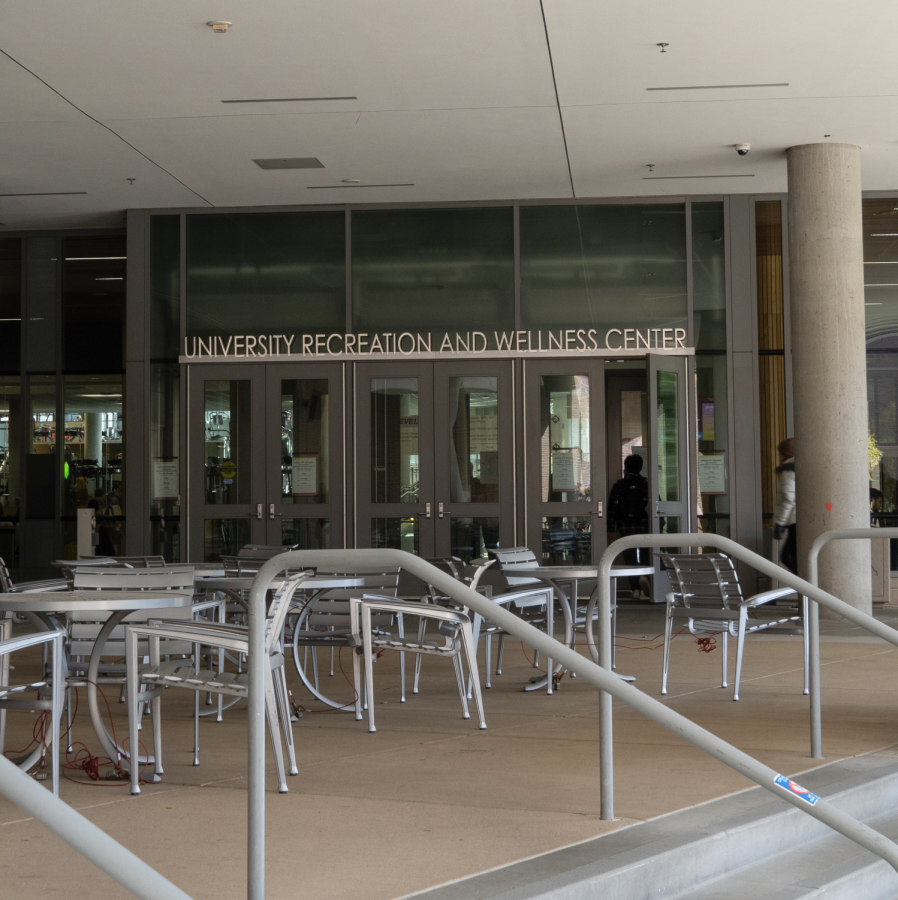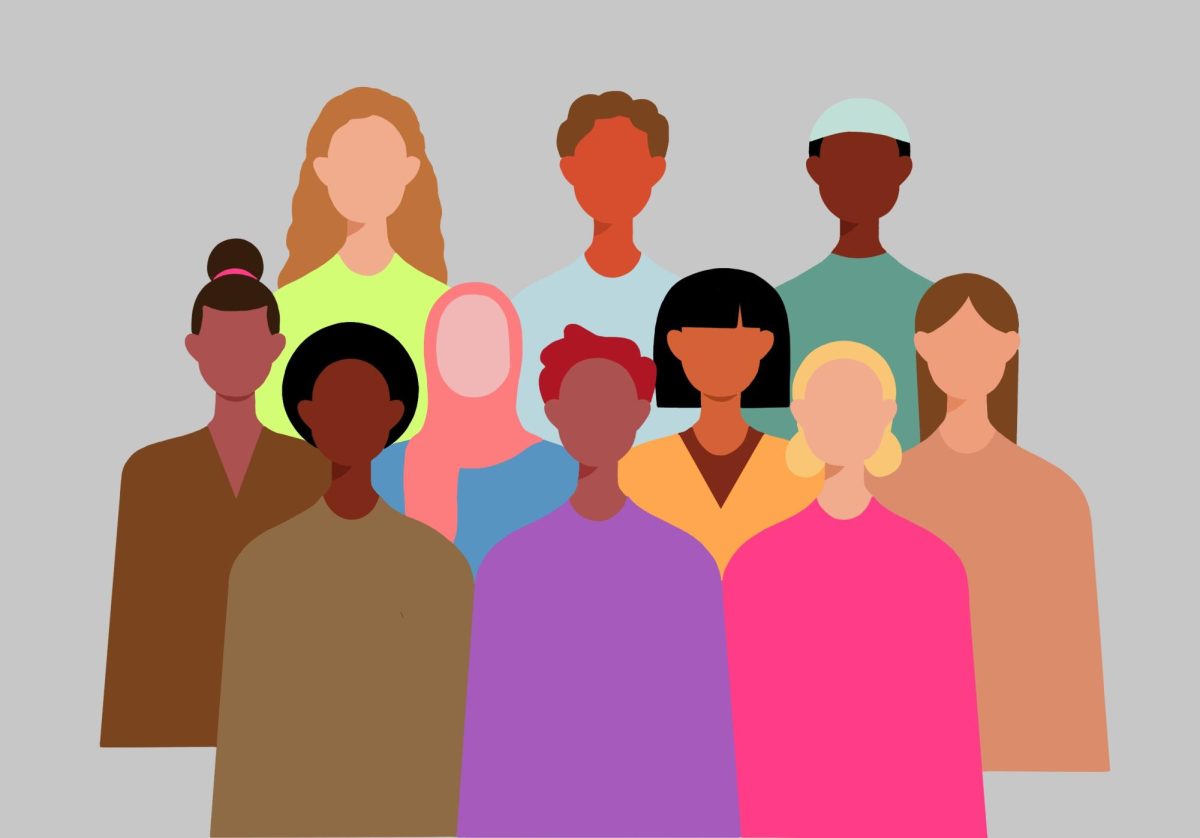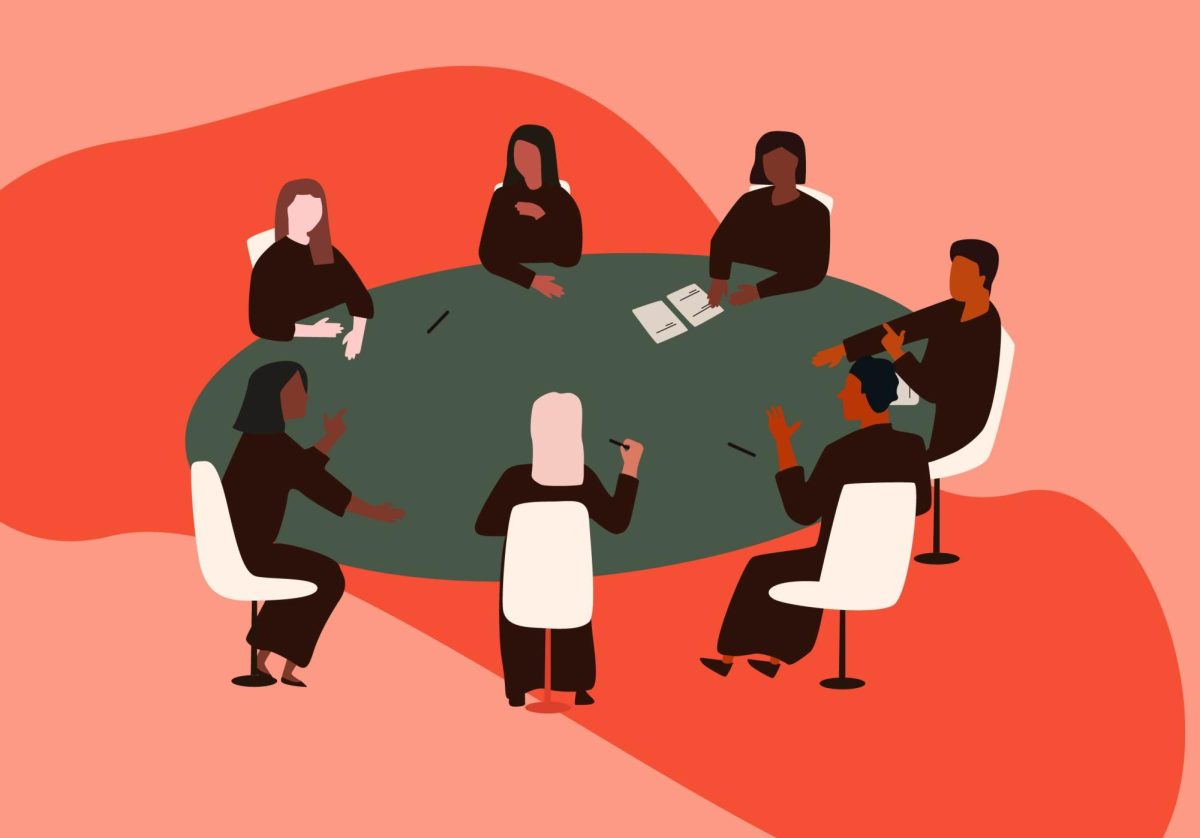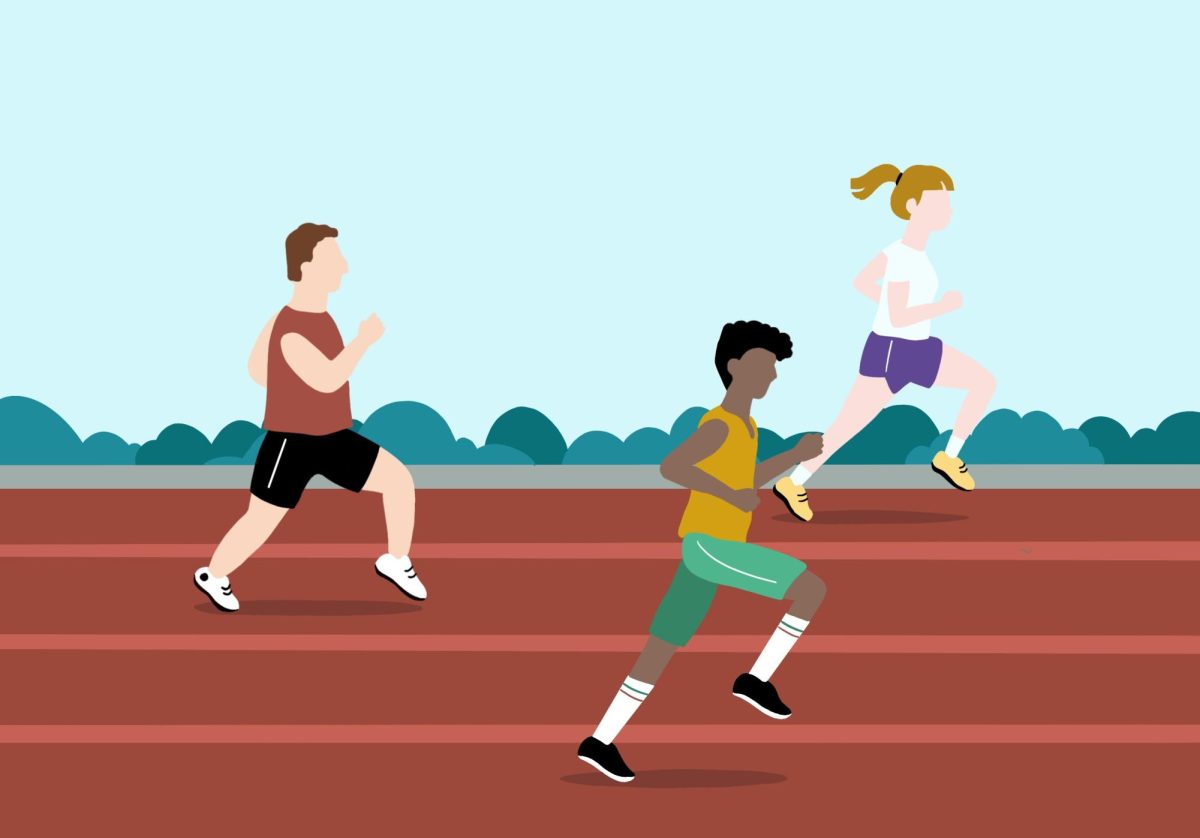Fitness content occupies a huge space on social media. Every time you open up Instagram, you’re just a couple of clicks away from scantily clad men and women showing off what they have spent so long sculpting in the iron church.
Working out is a great way to improve your general health and wellness and has also been shown to have positive effects on mental well-being. Becoming stronger, fitter or just generally more athletic is great for the mind, body and soul.
With all of these benefits in mind, is gym culture accessible to newcomers looking to better themselves? You can find plenty of people online who are promoting the gym life and urging others to follow in their footsteps, but do these often unrealistic and sometimes even unhealthy standards harm the body image of those looking to better themselves?
Constantly seeing the top 1% of people in terms of traditional beauty standards can have an adverse effect on body image. While gym newcomers might gain short-term motivation from this type of content, they may also become disillusioned with fitness if they feel they are unable to achieve similar aesthetic results.
How can we find balance and share our accomplishments with others without ostracizing potential newcomers?
Matt Laden is a graduate student studying public health and nutrition and a personal trainer at the University’s Recreation and Wellness Center. As someone with both personal and professional experience in fitness, Laden says fitness is a great way to build confidence.
“When you see progress in fitness, or just from being able to do something you might not always want to do consistently, you tend to gain confidence in every other area of life,” Laden said.
However, fitness culture — especially online — could stand to be more inclusive, Laden said.
“Influencers there aren’t really helping a culture of inclusivity because it’s so physique and aesthetics oriented,” Laden said. “A lot of people, myself included, when you’re not matching up to that sort of ideal, it can be discouraging. It can take away from some of the mental health benefits you might get from consistent exercise.”
It’s no surprise that social media can lead to body-image issues. Online, a focus on healthy living will never get as much attention as huge pecs and tight glutes. Everyone wants to see the upper echelon of human bodies, but, when you can’t see that in yourself, it does more harm than good.
With technology encroaching more and more into our everyday lives, we must find healthy ways to consume media that don’t leave people feeling demotivated and disaffected.
According to pre-pandemic CDC statistics, roughly 42% of U.S. adults are obese. There is no question that American adults should be prioritizing health and fitness.
Of course, physical fitness isn’t the only factor that contributes to obesity rates. Another factor is food accessibility: food deserts, areas where residents have limited access to grocery stores, can prevent lower-income Americans from being able to reasonably afford or acquire healthy food options.
This is not an issue so easily solved by gym memberships. In fact, it stands to reason that many people in these areas would also lack proper access to a gym or other fitness facilities.
There are larger issues at hand when it comes to the health and wellness of U.S. citizens, but a healthier gym culture is a nice place to start.
With this in mind, if we want to see any positive change in the health of our communities, we need to have a more inviting and realistic vision of what an active lifestyle can be. There is so much to gain from a healthy relationship with fitness, and creating a more inviting gym culture will allow more of us to enjoy these benefits.
The gym and healthy living should be for everyone, not just those who have already reaped their rewards.























UMN0001
Oct 31, 2022 at 9:51 am
Health does not require a gym. Individuals who cannot afford a gym or live near one can run outside for free. I also disagree with lower-income Americans (in MN at least) not having access to grocery stores. Sure, while those in the “deep south” live in severe poverty with nothing around, the lower-income people in Minnesota typically live in the twin cities with access to public transportation to reach most areas of the metro. Deciding to go get snacks at the corner store or eating fast food is a habit, not a result of no healthy food accessibility.
I would also argue that eating healthy is actually much cheaper than eating poorly. You can buy a carton of eggs for less than $4 which is comparable to most large bags of chips. Sure, organic fruits and vegetables are expensive, but you can get frozen vegetables quite cheap. Problem is, people lack self-control and would rather grab a quart of ice cream or frozen pizza in the same aisle as those veggies.